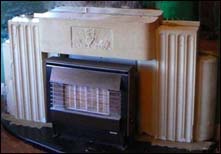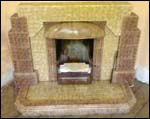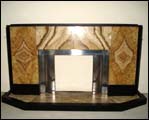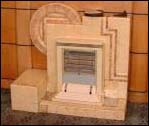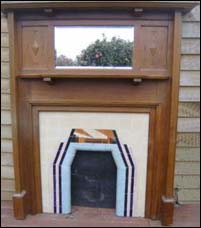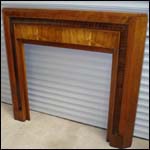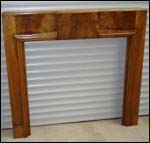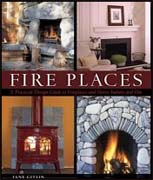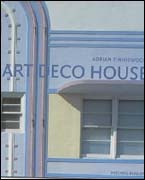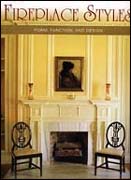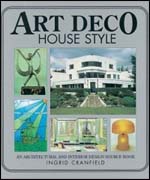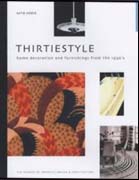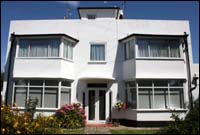|
Moderne Home: 1920's & 1930's
Tiled Fireplaces
|
||||||||||||||||||||||||||||||
|
The 1930s household did, however, demand one luxury that very few Victorians had had, and it was a luxury that the traditional fireplace was easily adapted to provide: running hot water. A “back boiler” was set into the back of the chimney breast above the grate, using the heat from the fire to heat water in the tank that would then rise up to another tank at the top of the house. The fireplace had first enabled us to have upstairs bedrooms in the sixteenth century. Now, in the twentieth century it was providing us with upstairs bathrooms as well. Many houses still retain their back boilers, left to rust in the chimney breast long after they were superseded by more modern alternatives. Renaissance Antique Fireplaces The use of ceramics fitted in with the need for materials that could be machine made and mass produced. The moderne home wanted stark clean lines and bright light colours. Ceramic tiles created the popular chunky box shapes. Glazed finishes were often dramatic with mottles, pastel colours and iridescent glazes. Fireplaces became works of art based on geometrical designs, zigzags and sunbursts, fashionable curves or Egyptian and oriental motifs. The so-called "style moderne" transformed the humble fireplace into a work of art - a work of art many homeowners are now anxious to recreate.' Home is where the hearth is' by David Thame
20thC Moderne Fireplace Products Fireplace
Tiles: Edinburgh Ceramics
Links to Fireplace Articles Copies of original tile catalogues/pattern books History of the Antique Fireplace: Renaissance Antique Fireplaces 1930's art deco lounge diner: BBC Homes Homeowners Advice for Fireplaces: The Victorian Society
Useful Research Websites English Architecture: Britain Express Looking at Buildings: Pevsner Architectural Guides
Useful Links to Articles Design
Styles- Architecture, interiors and furnishings: Dezignare
Forum Debates How To Repair Brickwork- Youtube
|
||||||||||||||||||||||||||||||



